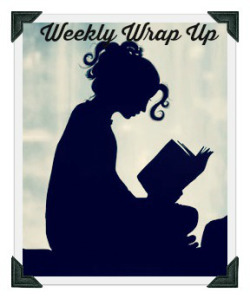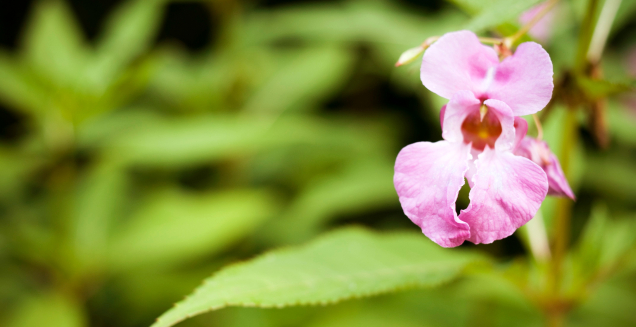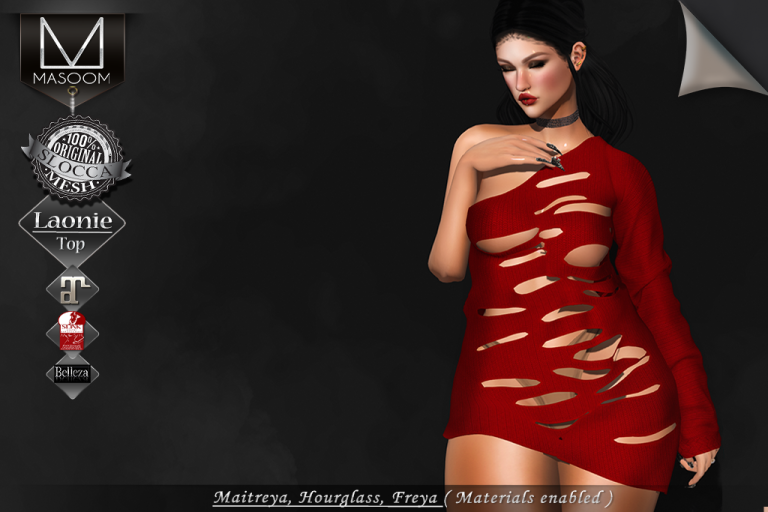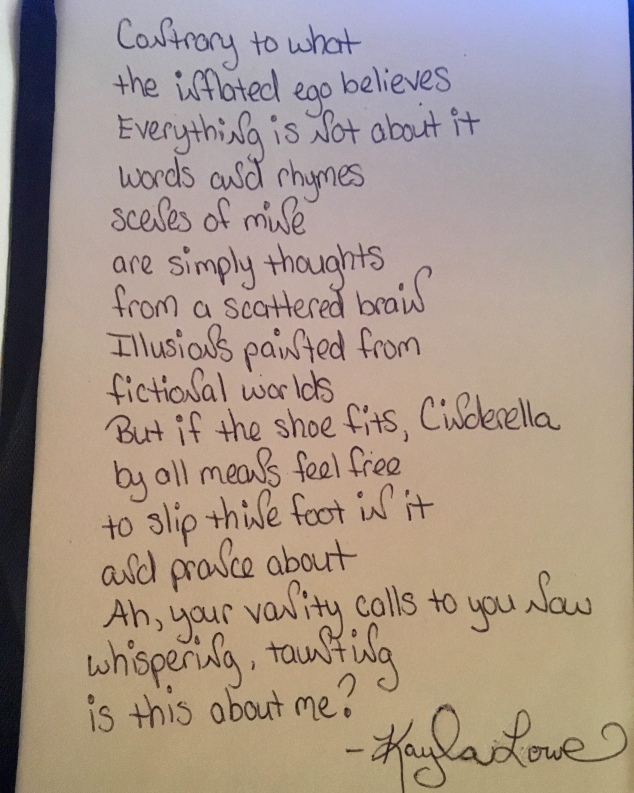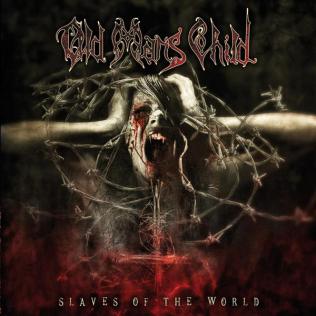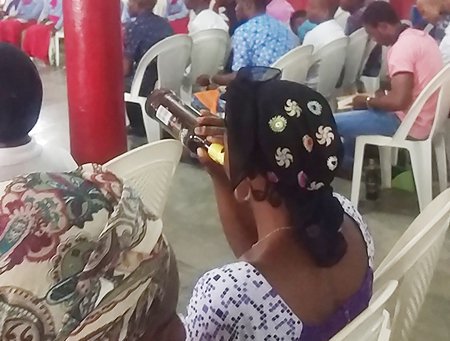Download links for: Trois Américaines à Paris


Reviews (see all)
Write review
Liked the idea of showing how living/studying in France affected all three women.
Generally good - does not focus exclusively on the subjects' Paris years.
Love love love this idea but the reality is a little less convincing.
Amazing insights into three very different fascinating women.
The perfect book for me.
Other books by History & Biography
Other books by Alice Kaplan
Related articles

